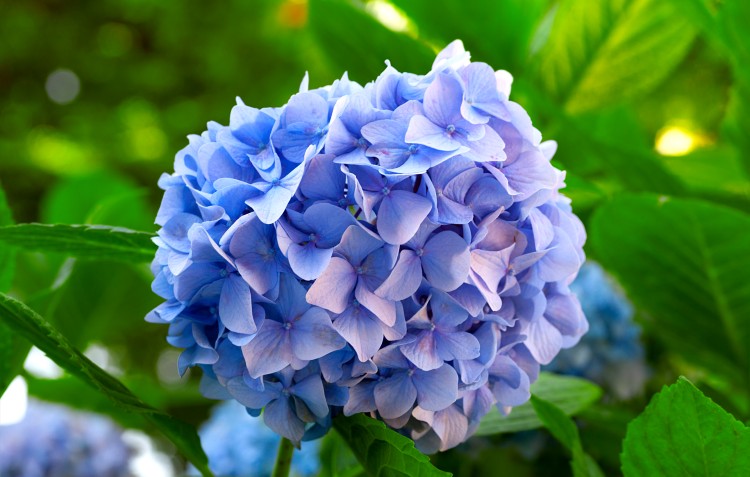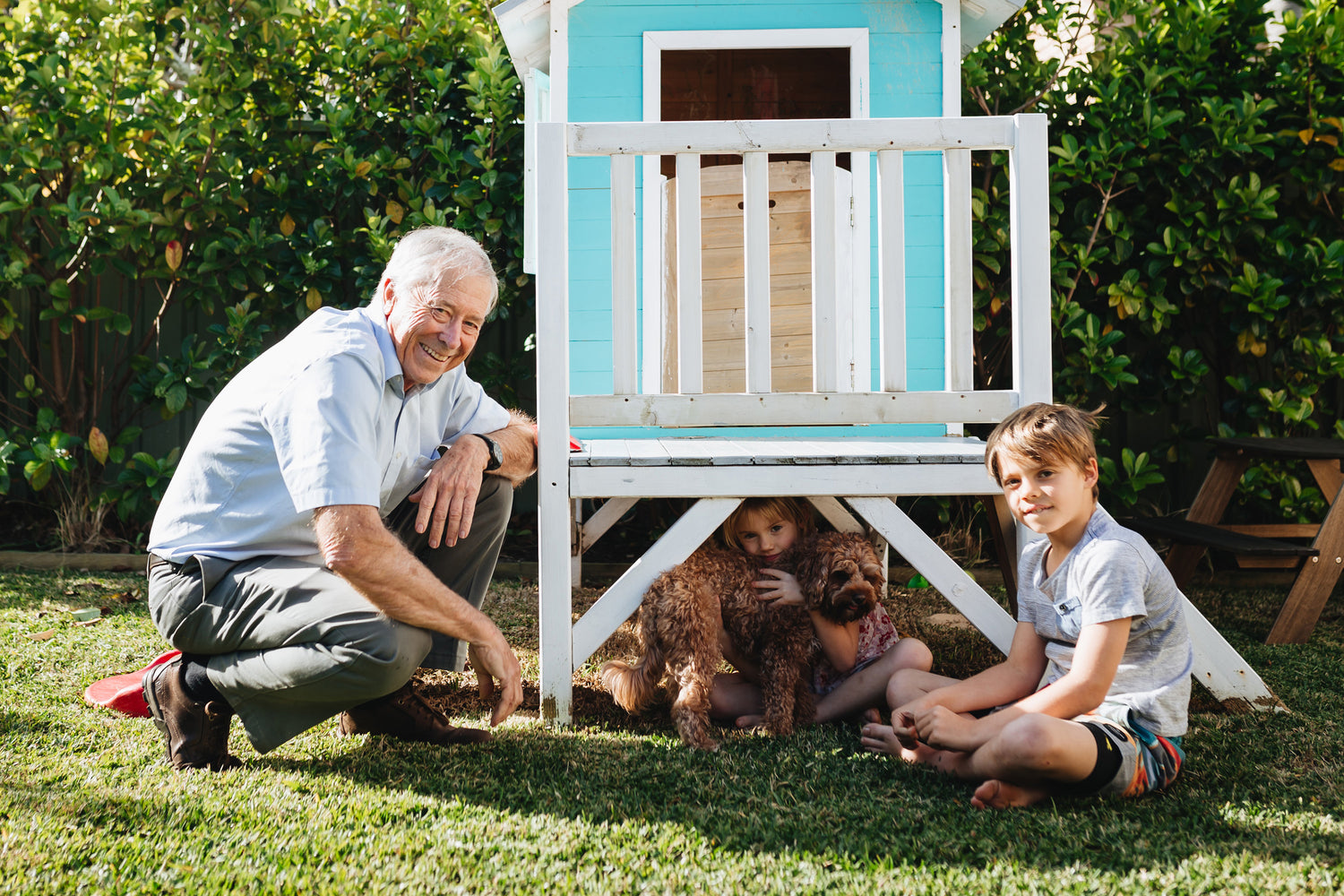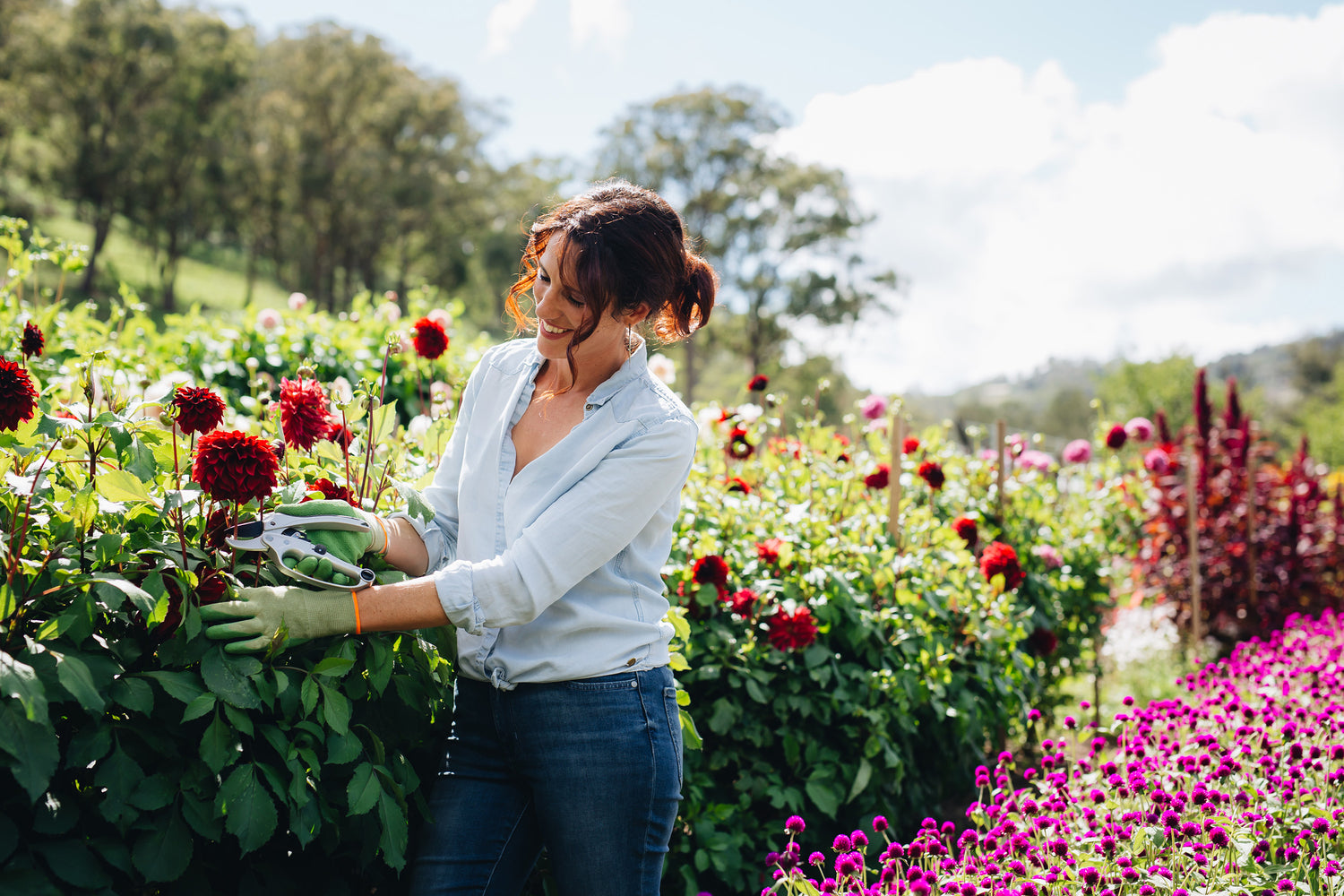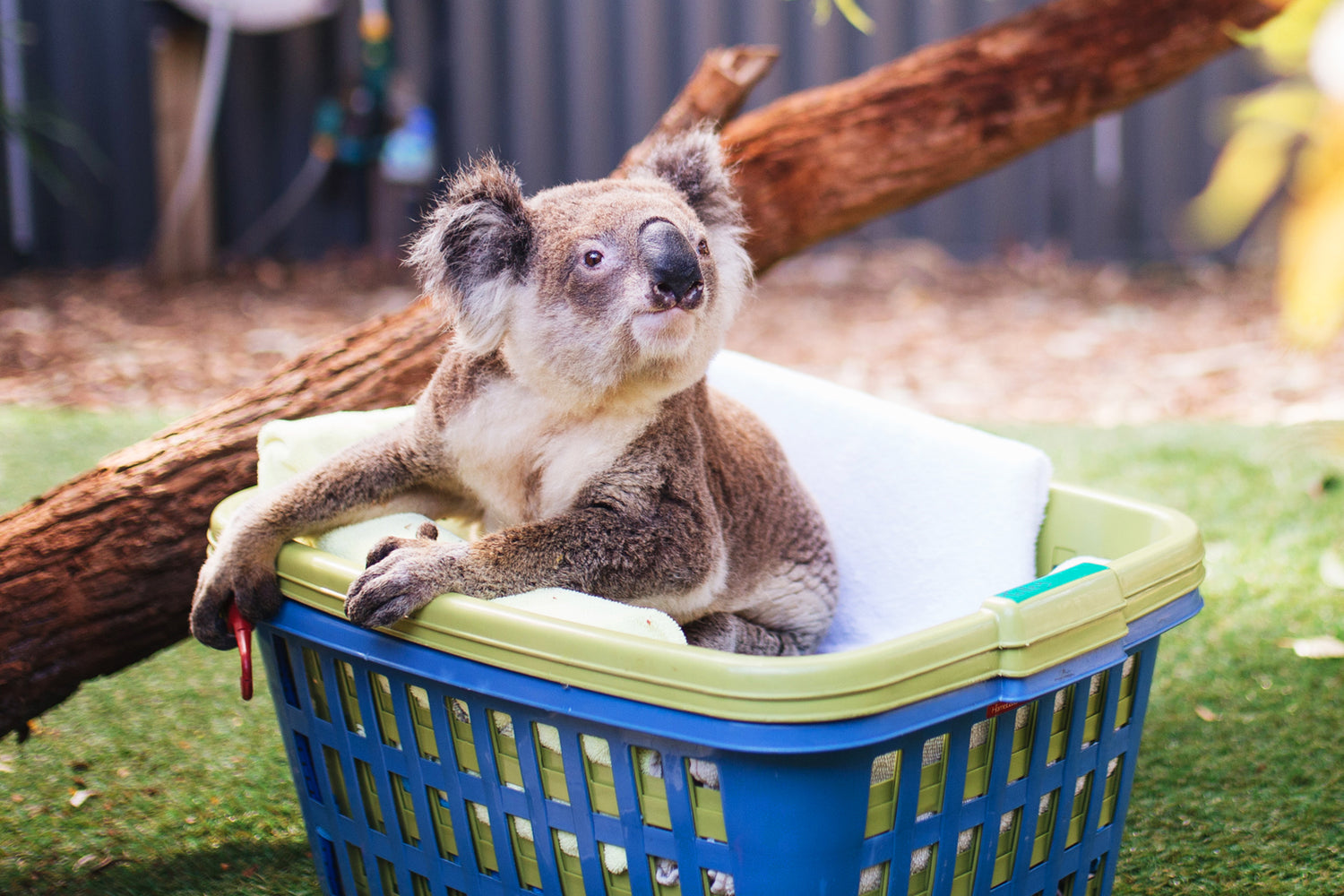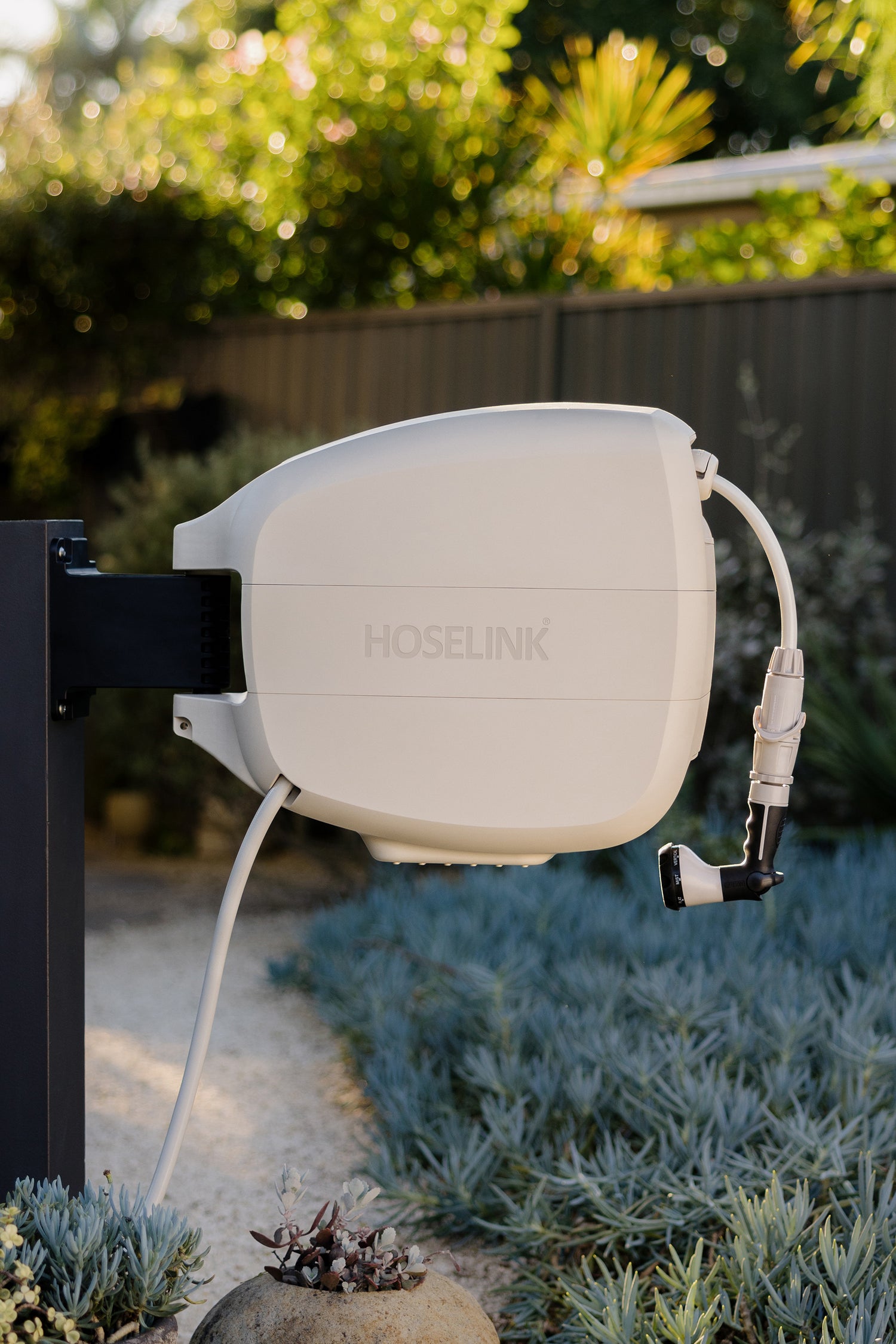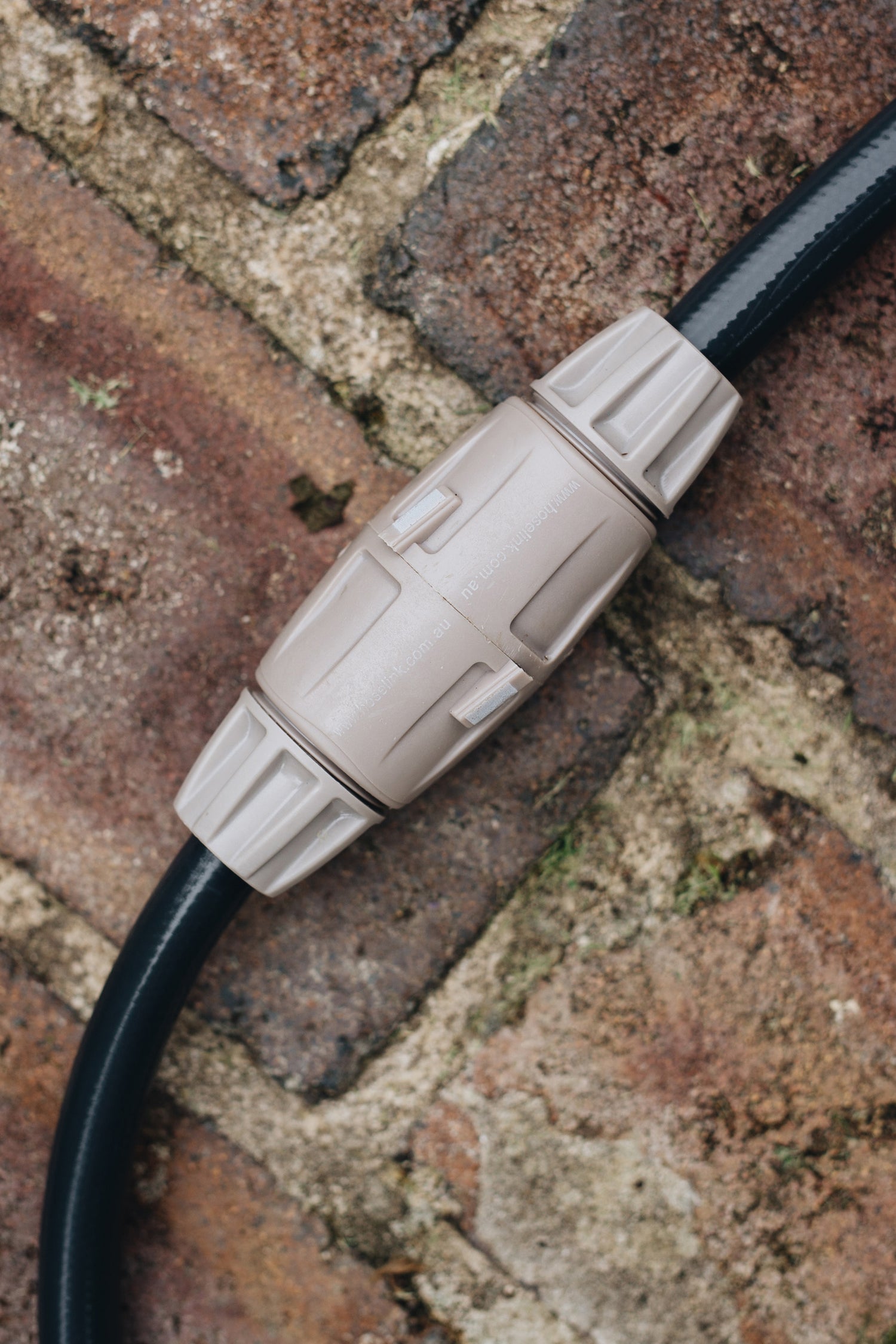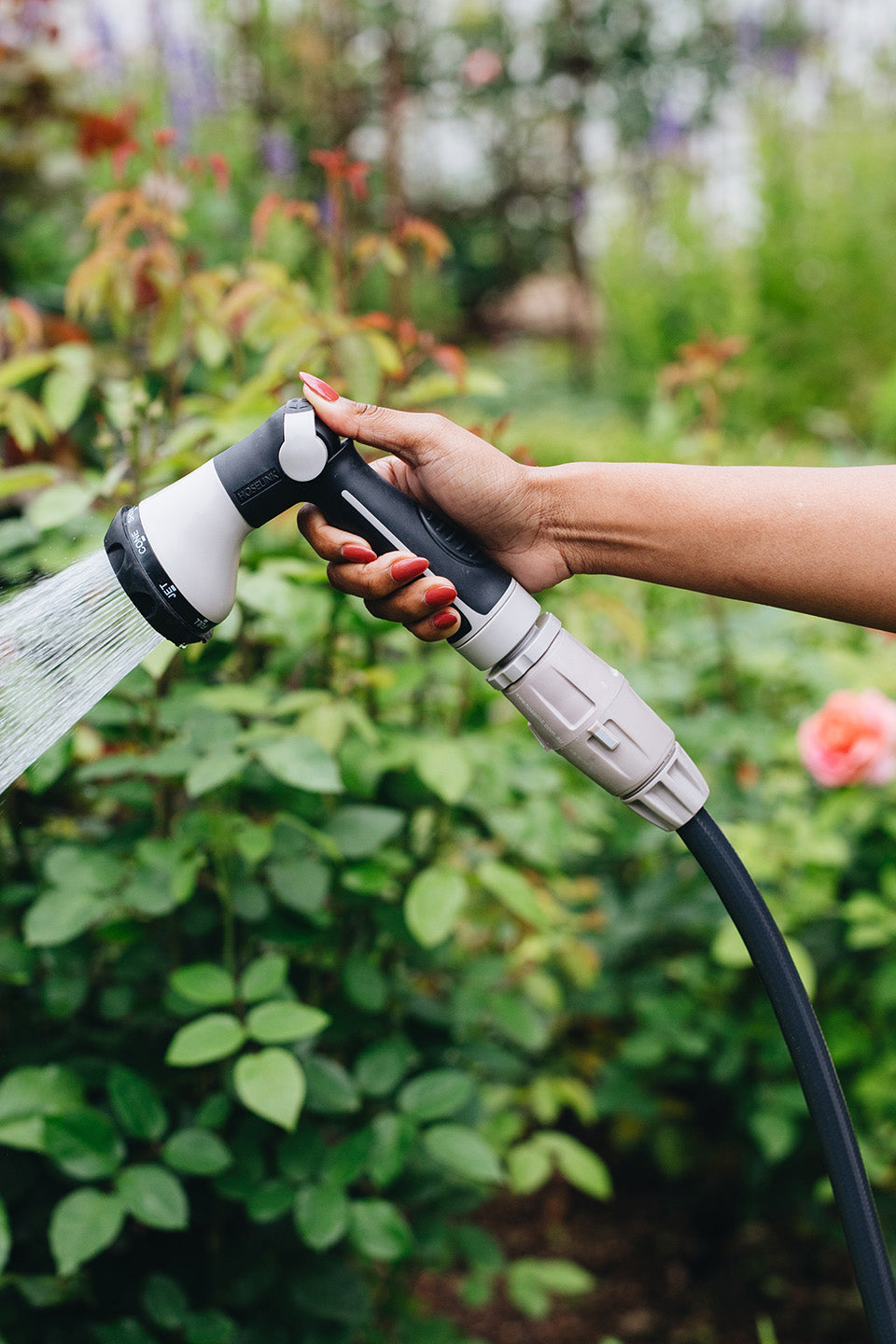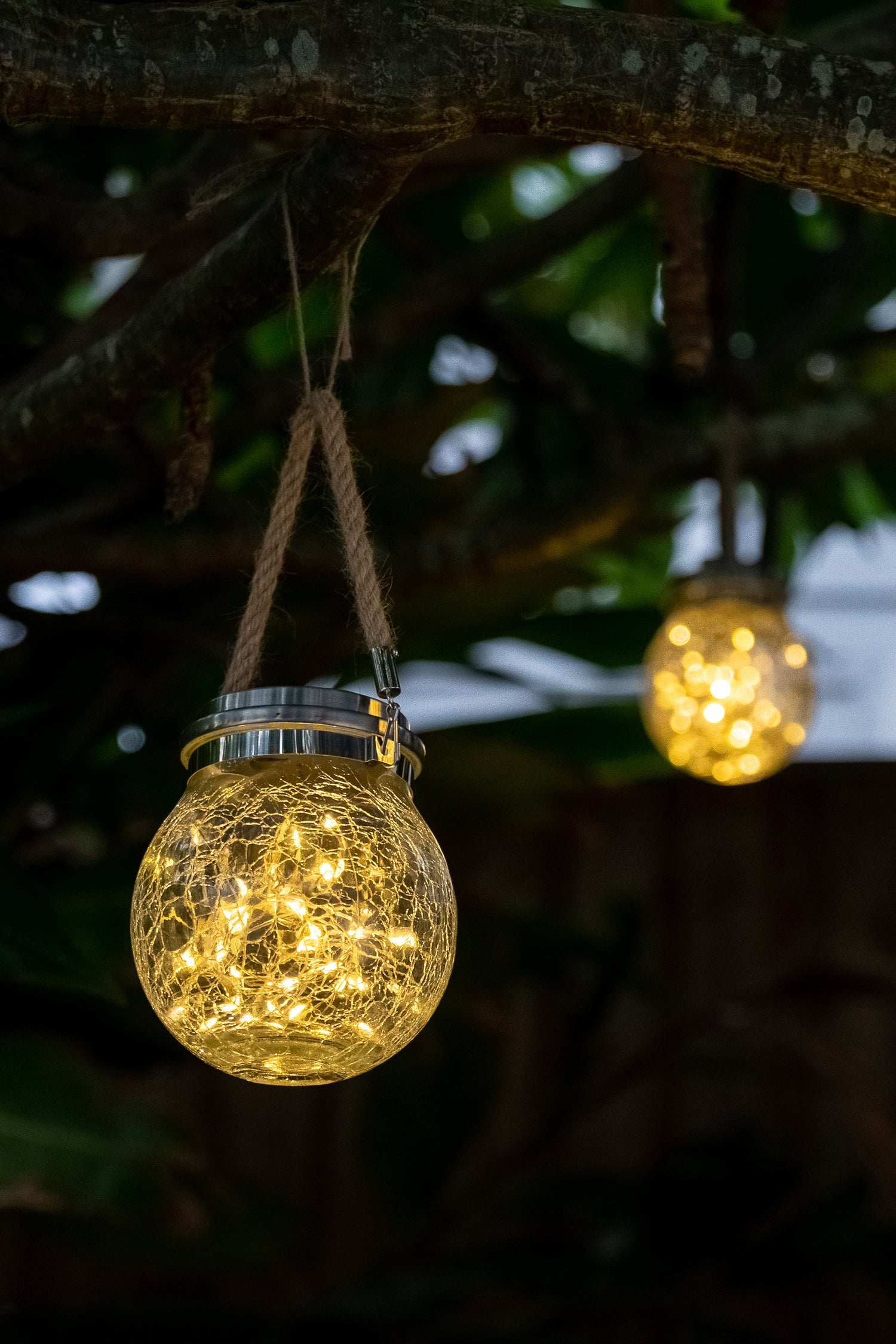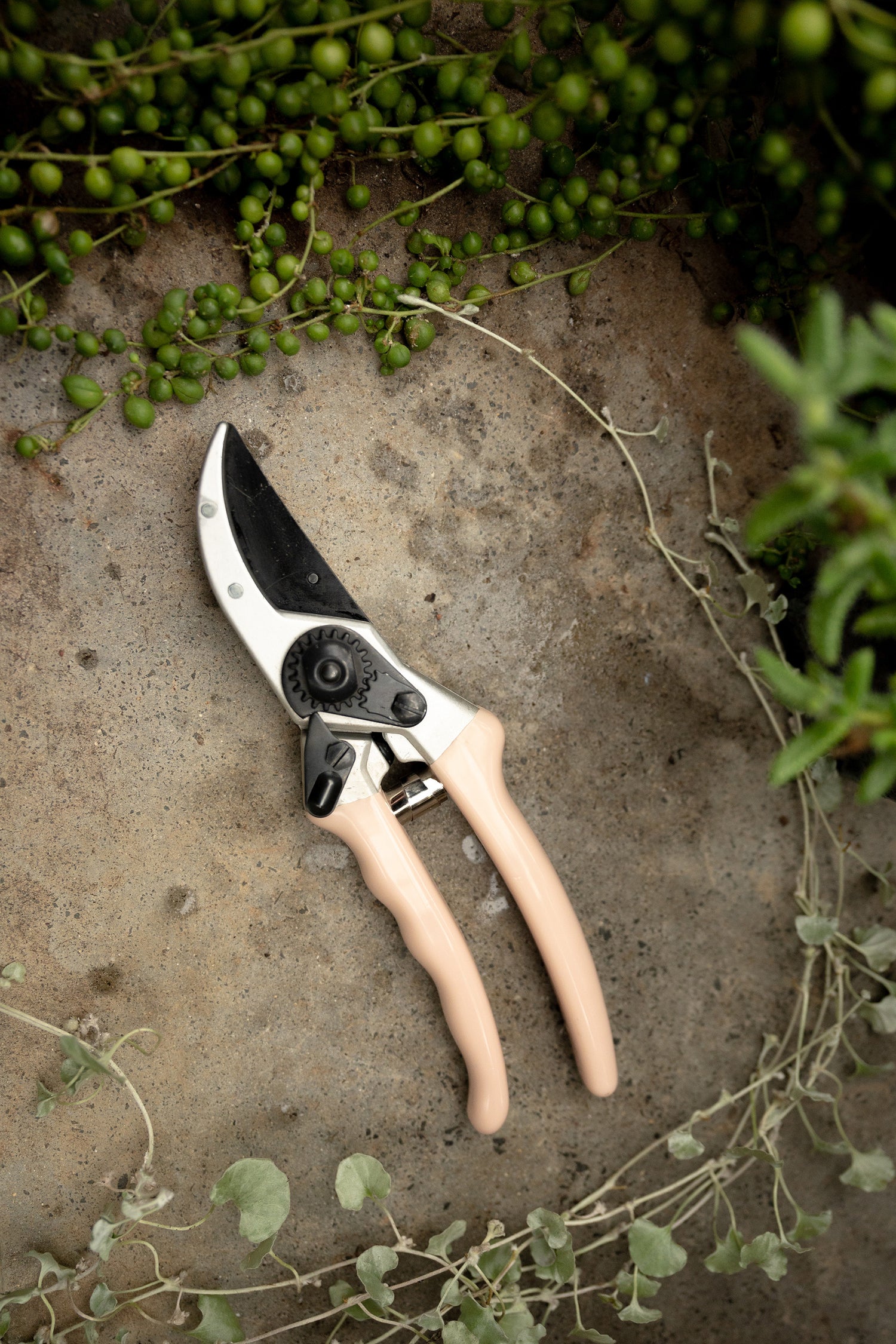Blue flowers are an excellent way to add an eye-catching element to your garden. These six blue flowers are not only unique and beautiful in their own way but they are also well suited to the climate here in Australia. Whether they are the star of the show or designed to complement the rest of your garden, a blue flower is bound to make your garden complete.
Keep reading to find out how to cultivate these flowers that you will be enjoying in no time!
1. African Lily
Scientific Name Agapanthus

Appearance
The African lily is a glorious cluster of lily-like blooms native to the Cape of Good Hope in South Africa. The clusters are made up of bell-shaped flowers which can come in a globe shape. The African lilies stem can reach up to a height of 1.2 meters. This flower predominantly comes in shades of blue, from powder blue to an almost indigo-purple. Their best time of year to bloom is mid to late summer but sometimes can be stretched into autumn.
Cultivation
African lilies are perennial and grow from an underground root each year. These flowers grow best in sunny slightly sheltered spots in the garden where they have a good amount of space to grow and form bold clusters that should flower year after year. You can grow these beautiful flowers in pot plants, which is well suited to those with a terrace. The African lily also makes for a long-lived cut flower. For advice on how to enjoy your cut flowers for longer, click here.
African lilies love the sunshine so they can grow in any fertile, moist but free-draining soil as long as the location gets regular direct sunlight. These flowers will need to be moved into a conservatory or greenhouse before the weather turns cold. Some African lilies are more durable than others in which case they can be left outside all year in milder areas making sure they receive a generous amount of mulch like chipped bark for protection.
African lilies in containers should be potted up using a loam-based compost and planted with their crowns approximately five centimetres below the surface of the compost. Once they start actively growing water them freely but less in winter when they are dormant. These flowers will need the aid of balanced liquid fertiliser (plant food) from the beginning of spring until they start to flower.
Location
This flower can grow in the following locations: Australia, South Africa, Central Africa, Asia, Southern States of North America, and parts of South America.
2. Flowering Onion
Scientific Name Allium

Appearance
Alliums are known as Flowering Onions because they are in the same family as garlic, onions, and chives. Don’t worry they do not stink however when the smell is present it is very mild but can smell like a salad bar. These flowers bloom into globe shapes on slim, straight stems and often into an incredible size. They provide a real ‘Wow” factor in your garden and kids love them for their flamboyant nature. These flowers come in shades of blues and purples.
Cultivation
Flowering Onions grow best in locations in the garden where the soil drains well. These flowers aren’t fussy about soil however they will not survive in soggy soil or standing water. These flowers need full exposure to the sun so they can grow in lightly shaded areas however for best results place them in a sunny location. These flowers grow best in temperate climates of the Northern Hemisphere (Countries that fall slightly below and above the equator line). This flower will need moderate watering but definitely, do not overwater them.
Flowering Onion can be planted in pots or containers, try Hoselink Planter Bags for an easily transportable solution. They will need good quality well-drained soil and adequate drainage holes in their pot. It is best to use a larger pot for this plant as they can grow up to 1 metre tall and their globe shape can reach the size of a soccer ball.
Location
This flower grows best in the following locations: Northern parts of South America, Central America, Central Africa, Asia, and Australia. They grow best in climates that are moderate all year round, with no extreme temperature changes.
3. Cornflower
Scientific Name Centaurea

Appearance
The Cornflower is an annual flowering plant native to Europe. In the past, these flowers have grown in corn or wheat fields, which is why they are called Cornflowers. These flowers can grow up to 90 centimetres and almost to 1 meter in height. They have grey-green stems and intense blue colour. The flower heads can grow to be 3cm in diameter with a ring of a few large spreading ray florets surrounding a central cluster of disc florets.
Cultivation
They flower all summer and are well suited to sunny locations. They require well-drained soil and direct sunlight or partial shade. These flowers can grow in a rock garden or be used for edging. Removing their flower heads once faded will promote further growth. To encourage growth feed these flowers balanced organic fertilizer into the soil before planting. The soil should be neutral soil or alkaline soil to ensure the best growth.
Cornflowers make for a long-lived cut flower. You can plant them in pots or containers making sure they are their seeds are planted 1 cm below the soil surface and five centimetres apart. These flowers have low watering needs. They will bloom in early summer to mid-autumn and will attract lots of butterflies!
Location
This flower grows best in the following locations: Mountain ranges in southern parts of Europe, the British Isles, Scandinavia, and North America. These areas are Mediterranean climates, which allows for them to grow with ease in Australia.
4. Delphiniums
Scientific Name Delphinium

Appearance:
Delphiniums are perennials that commonly grow in the cottage-style garden and cutting gardens. They come in a few gorgeous shades of blue, pink, white, and purple. They are part of the buttercup (Ranunculaceae) family and are known best for their tall spikes of attractive flowers. This Species of flower can come in smaller sizes that are less than 30 cm in height and grow up to two meters in height. The delphiniums have a basal clump of light green leaves that are slightly hairy and hand-shaped. Some of these flowers come in tall erect flower stems while others have shorter branches. These flowers are best known for their spectacularly long flower spikes. Delphiniums have five striking petals and the flowers grow along the length of the stem giving off that ‘Wow” factor.
Cultivation
Delphiniums love the sun and airy open spaces. This flower grows throughout the summer season however it can survive the winter season with the right care. In winter make sure to water the plants regularly to ensure they are absorbing the water and that the ground is moist. Apply seven centimetres of organic mulch such as bark or straw so that ground does not freeze. When planting these flowers you need to make sure they have moist, fertile, well-drained soil and are positioned in an airy space with direct sunlight. When planting the taller forms of Delphiniums they must be staked to prevent damage. These flowers will need your care, as it is important to cut back withered foliage to maintain the vigorous growth of the plant. The Delphiniums annual spices can be raised from seeds, however, the hybrids can be propagated by division or from cuttings. These flowers can be planted in containers as long as the pot is eight litres or more.
Location
Delphiniums are native to Northern Hemisphere and on the high tropical mountainous areas of Africa. Delphiniums can be grown in Australia.
5. Sea Holly
Scientific Name Eryngium

Appearance
They have silvery-blues stems with blue cones surrounded by spiky silver, blue, violet, white, or green bracts. Sea hollies provide a unique addition to your garden with spiny-toothed leaves and clusters of teasel-like blossoms. Sea hollies are not shy flowers as they can grow up to 45-90 centimetres tall. These flowers bloom from summer to autumn.
Cultivation
Sea Hollies have a wide range of growing conditions and provide various uses in your garden. Like most flowers, they thrive in full sunlight and well-drained moist soil. Sea Hollies like sandy soil, however, their long taproot allows them to tolerate poor soil conditions including drought. Sea Holly seeds can be sown directly into the garden however they may not bloom in the first year as they require warm moist stratification for one month followed by a month of cold moist stratification. Sea hollies are carefree plants once established and do not require much watering except during long droughts. They do not require fertiliser and it is advised not to use fertilizer because it can leave them droopy and less compact.
Location
The Sea Holly Flowers are native to the coastlines of Europe and Mediterranean climates. These flowers would be suited to the following regions: Australia, Southern States of North America, and Coastal lines in South America. These flowers should be able to grow in Coastal Areas of Australia.
6. Love-in-the-Mist
Scientific Name Nigella

Appearance
The Love-in-the-Mist flower is a wildly different yet extraordinary looking annual flower. These flowers can reach up to 20-90 cm in height. Their leaf segments are narrowly linear and threadlike that surrounds the flower. These flowers come in various colours from pale blue, pale purple, pink, white, yellow and have 5-10 petals. This flower is called Love-in-the-Mist because the flower hides in the misty foliage that surrounds it. They appear in late winter and spring.
Cultivation
Love-in-the-Mists make great bedding plants. The good news, is these flowers are very easy to grow! Love-in-the-Mists like full sunlight but can tolerate partial shade if and when it gets too hot. They like rich, loose soil that drains well and they appreciate a bit of purpose fertiliser when they are first planted. Thereafter general purpose fertiliser is applied once a month. Once they are established keep the soil moist to slightly dry and water them during dry periods once to twice a week. Also, keep them well weeded for best growth results. These flowers are best planted outside in a garden and not a container. Love-in-the-Mists make for long-lived cut flowers as well.
Location
Love-in-the-Mists are native to Southern Europe, Some areas of Northern Europe, North Africa, North America, and South-West Asia. These flowers should be able to grow in the spring and winter seasons across Australia (Perhaps not in the Northern Territory).
Happy Planting!

